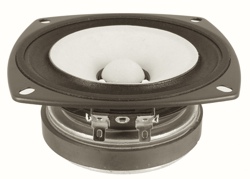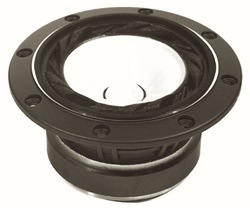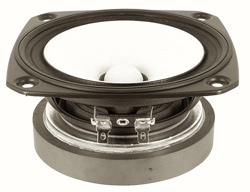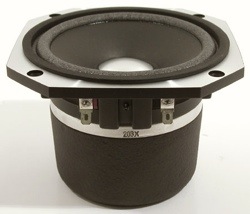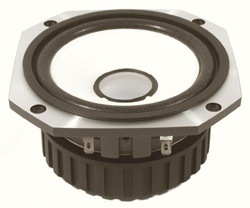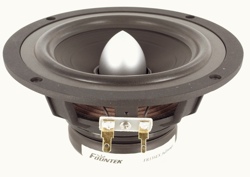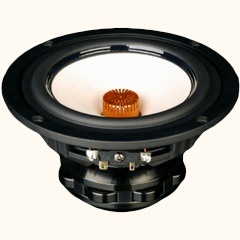|
The DNA Horn April 2011
Design
Goal
If you've ever had the opportunity to listen to a small single driver horn speaker you may have come away rather impressed with it's speed but at the same time found it's bass response to be lacking to the point of needing a sub-woofer, or a room corner, or both to make it sound complete. The design goal behind this speaker was to eliminate what I feel is the main weakness of small horns, which is the lack of bass. Because of this weakness, many similar sized horns are shoved into corners of a room to somewhat re-enforce the low end. My experience has always been that speakers image best when pulled out into a space, away from walls. I place a high value on a belivably large and deep sound stage and highly focused imaging. To me, that's a BIG part of the thrill behind listening to good recordings on a hi-end stereo system. I would say this is almost impossible to achieve in the average room when your speakers are placed in the corners. Unless there is a large opening to an adjacent room between the speakers, your sound stage depth will be about 3 feet. So because of this weak bass performance in many small horns we are forced to sacrifice sound stage depth to get proper bass performance. OR We are suckered into using a sub-woofer so we can pull the speakers out into the room more and of course using a sub-woofer disqualify s a large part of the reason we like a single crossover-less full range point source in the first place. So again another compromise from an absolute sense. So that's the main goal, get real bass out of a small horn. Secondary Goal The sound that comes out of the horn mouth is often garbled or congested and lacks articulation in many of the horns I've listened to. When you stick your head at the opening of the horn and listen to garbled sound, you can't help but think better clarity here would be better clarity everywhere. So a fair amount of effort went into the design of the horn flare and how it's coupled to keep high frequencies that come through the horn flare at some 12 dB down, clear and more articulate. This is the sound that will be hitting the wall behind the speaker and is responsible for adding scale and ambiance to the sound. Without this, the tiny horn speaker would sound like a tiny speaker, and they do not. So let's get the ambiance right, and remove the smearing. Novelty Once it was determined what the minimum amount of power was required to fill a 17 x 24 feet listening space with lofted ceilings ( 6 watts) I decided to make the speaker available with optional SET amplifiers that are built-in. This presents some challenges in the resonance control department but the resonant frequencies that would aggravate an amplifier's clarity of imaging are surprisingly not in the low bass regions, but rather start around 70Hz and migrate up past 400 Hz. I can create a viceo-elastic laminated steel plate for the amplifier that has a resonant frequency below the 70Hz range and the ability to absorb and turn to heat the higher bands. This effort combined with the limited SPL possible with only 6 watts will make this a viable option for people who want to have built in amplifiers. The vibration that makes it through the tube dampers could easily be washed by the benefits of having no speaker wire. That said, most people will prefer a stand alone amplifier which would make it possible to have more than 6 watts and therefor take the speaker to higher levels of SPL and excitement, so we expect 90% of these speakers will be built without amplifiers. 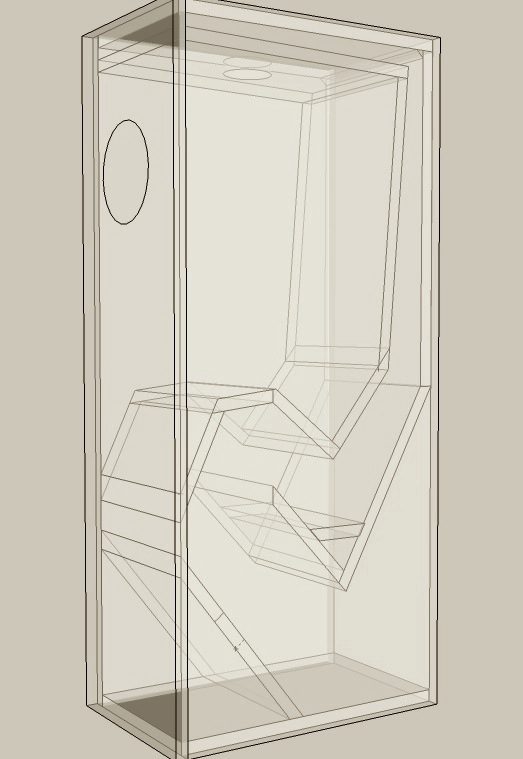 The DECWARE HORN (C)2011 by Steve Deckert 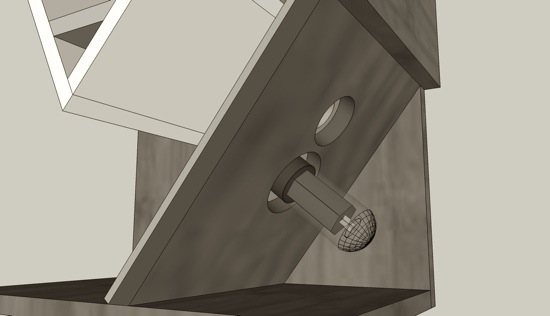 DRIVER SELECTION If we examine all the available 4 inch drivers out there to find ones with extended high frequency response, a free air resonance below 80 Hz, and an efficiency that will get loud with 3 watts or more, our choices are quickly narrowed down to the following candidates:
CABINET SIZE No doubt a large part of the appeal with all of these horns is the small size and the small driver. However, as shown below, the Decware Horn is in line size wise to other popular designs but with nearly an octave more bass. Having a performance shootout with the DNA Horn would be futile. In the world of speaker design the final measuring stick is performance vs. size. If you can get the same size cabinet to do twice as much, it's twice as good. Those who've owned these horns already know how addictive the speed is, and if you ignore suggestions of corner placement, you also know about their imaging potential. Imagine having this size horn with enough real bass to fool anyone into thinking you have a sub-woofer on! Of course the bass will sound far superior to a sub-woofer. Can it really get any better than that? 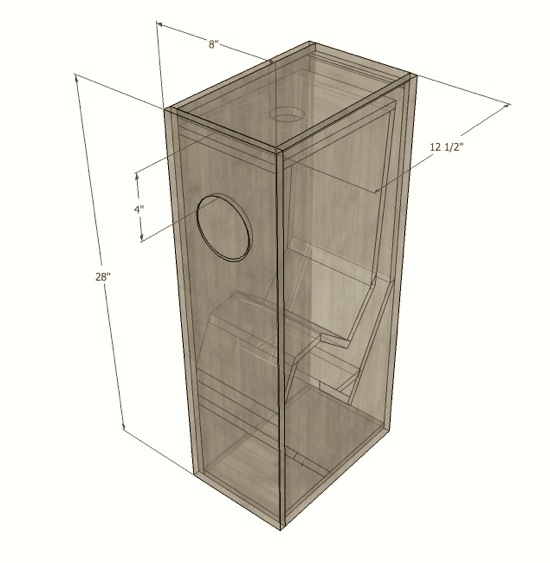 Here are
the approx outside dimensions of the Decware Horn.
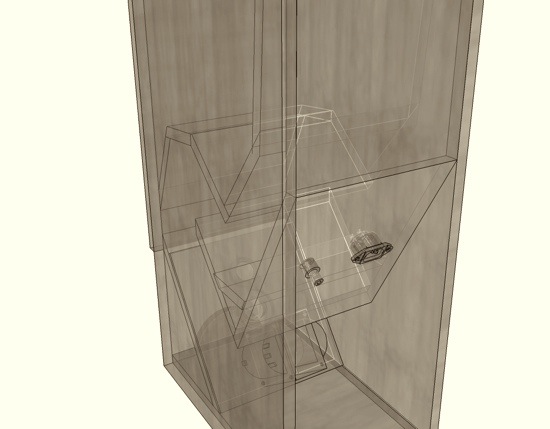 Rear view showing optional input plate for power cord and RCA cable if cabinet is ordered with an internal amplifier. 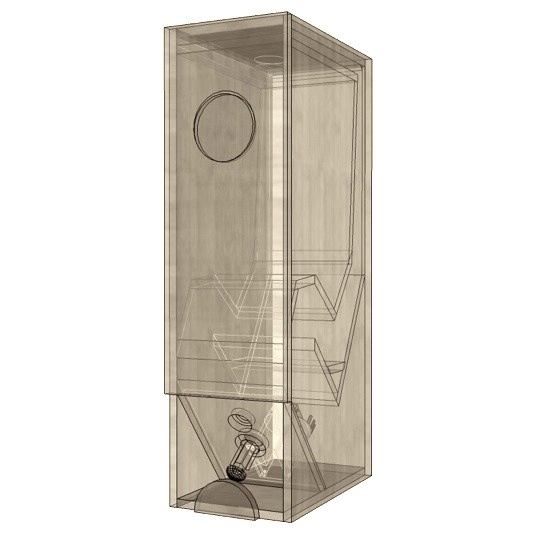  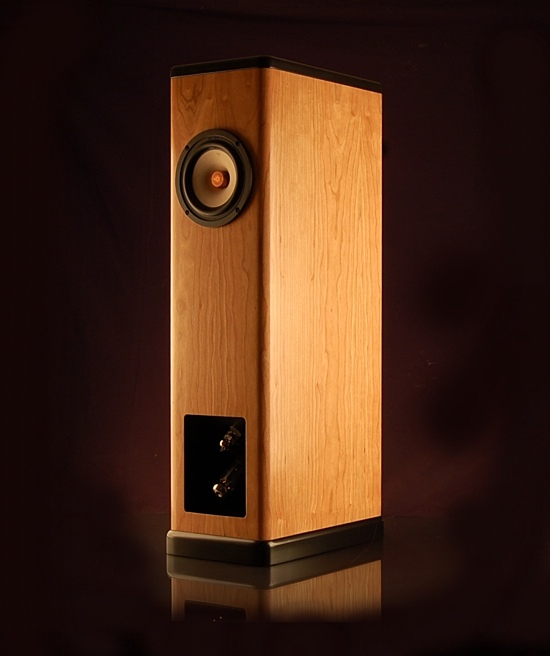 So there you have it. My reasons and motivations for designing the DNA horn. It's based on my 1994 corner horn flare design. As many have heard since, it's a design that creates incredible bass output. The proof is in the listening. A/B the DNA horn with any similar sized horn and you'll wonder what's wrong with the similar sized horn. -Steve Deckert
Decware is a trademark of High Fidelity
Engineering Co. |
